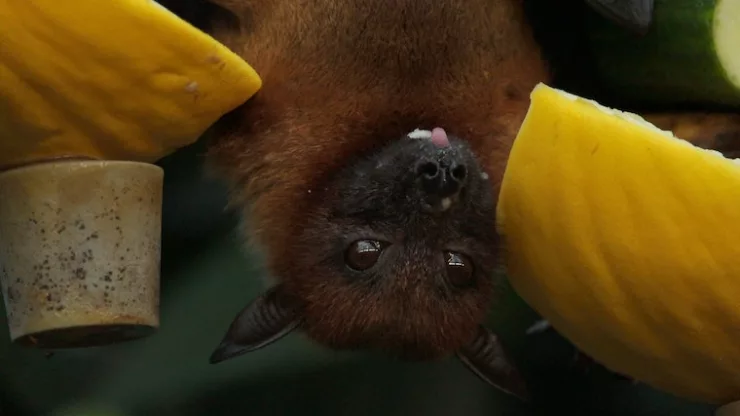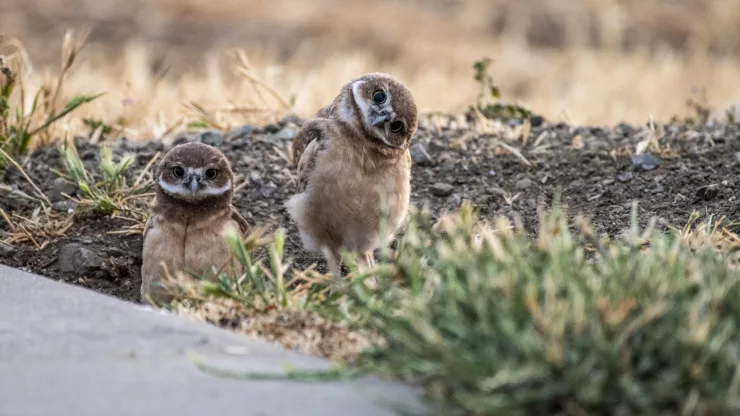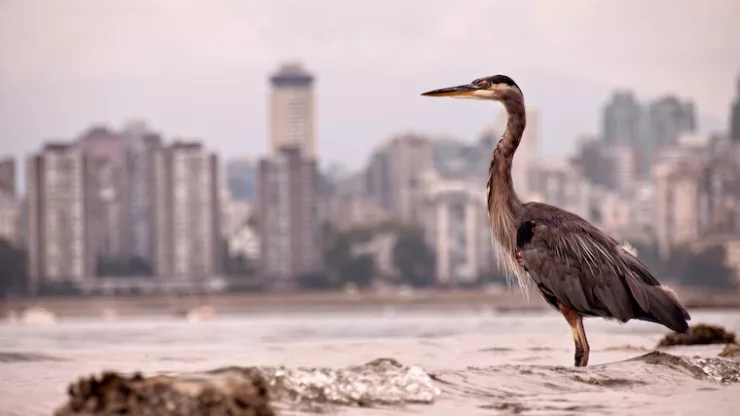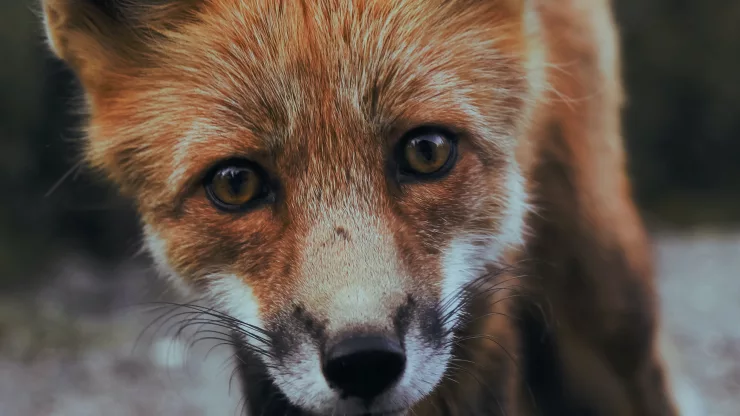Urban areas are often seen as concrete jungles devoid of wildlife. However, with the right planning, urban areas can provide habitats for a variety of wildlife species.
Urban wildlife corridors are one such planning strategy that can help connect habitats in cities, allowing animals to move freely and access resources.
Jump to Section
Introduction
Urban areas cover only a small fraction of the earth’s surface, but they are home to more than half of the world’s population.
With urbanization, natural habitats are being destroyed, and wildlife populations are declining.
However, urban areas can also provide habitats for wildlife if properly designed.
Urban wildlife corridors are one such design strategy that can help connect fragmented habitats in cities and provide safe passage to wildlife.
Understanding Urban Wildlife Corridors: Connecting Habitats in Cities
The Importance of Wildlife Corridors in Urban Areas
Wildlife corridors are important for the survival of many species. They provide safe passage for animals to move between habitats, access food, and find mates.
In urban areas, wildlife corridors can be used to connect green spaces, parks, and other natural areas, allowing animals to move freely and access resources.
Challenges in Establishing Urban Wildlife Corridors
Establishing urban wildlife corridors is not without its challenges. There are several barriers to creating and maintaining these corridors, including:
Overcoming Barriers to Urban Wildlife Corridors
- Limited space: Urban areas often have limited space, making it difficult to create continuous wildlife corridors.
- Fragmentation: Urban areas are often fragmented, with natural habitats separated by roads, buildings, and other structures.
- Human development: Urban areas are constantly changing, with new developments and infrastructure projects often encroaching on natural habitats.
Addressing Human and Wildlife Conflicts in Urban Wildlife Corridors
Urban wildlife corridors can also create conflicts between humans and wildlife.
For example, animals crossing roads can pose a danger to drivers, while predators can threaten pets and livestock.
Addressing these conflicts is crucial to the success of urban wildlife corridors.
Strategies for Creating and Maintaining Urban Wildlife Corridors
Despite the challenges, there are several strategies that can be used to create and maintain urban wildlife corridors.
Incorporating Green Infrastructure for Urban Wildlife Corridors
Green infrastructure, such as green roofs, green walls, and rain gardens, can be used to create habitats for wildlife in urban areas.
These structures can also help connect natural areas, creating continuous wildlife corridors.
Engaging Local Communities in Urban Wildlife Corridor Efforts
Engaging local communities in urban wildlife corridor efforts is crucial to their success.
Community involvement can help raise awareness about the importance of wildlife corridors and create a sense of ownership and responsibility for their maintenance.
Monitoring and Evaluating the Success of Urban Wildlife Corridor Projects
Monitoring and evaluating the success of urban wildlife corridor projects is crucial to their long-term viability.
Regular monitoring can help identify challenges and opportunities for improvement, and evaluation can help determine the effectiveness of different strategies.
Examples of Successful Urban Wildlife Corridor Projects
Several cities around the world have implemented successful urban wildlife corridor projects. Here are a few examples:
New York City’s Greenbelt Native Plant Center
The Greenbelt Native Plant Center in New York City is a 13-acre facility that produces native plants for use in city parks and other green spaces.
The center also serves as a wildlife corridor, providing safe passage for animals between natural areas in the city.
San Francisco’s Presidio Park Habitat Restoration Project
The Presidio Park Habitat Restoration Project in San Francisco aims to restore natural habitats in the park and create a wildlife corridor connecting the park to nearby natural areas.
The project involves removing non-native plants and replacing them with native species that provide food and habitat for wildlife.
London’s Green Grid Initiative
London’s Green Grid Initiative is a plan to create a network of green spaces and wildlife corridors throughout the city.
The initiative aims to improve air and water quality, reduce greenhouse gas emissions, and create habitats for wildlife.
The Future of Urban Wildlife Corridors
Urban wildlife corridors are an important strategy for connecting habitats in cities and providing safe passage for wildlife.
With the right planning and community involvement, these corridors can help create sustainable and thriving urban ecosystems.
Frequently Asked Questions
What is an urban wildlife corridor?
An urban wildlife corridor is a design strategy that connects fragmented habitats in urban areas, allowing animals to move freely and access resources.
What are some challenges in establishing urban wildlife corridors?
Some challenges in establishing urban wildlife corridors include limited space, fragmentation, and human development.
What are some strategies for creating and maintaining urban wildlife corridors?
Strategies for creating and maintaining urban wildlife corridors include incorporating green infrastructure, engaging local communities, and monitoring and evaluating the success of projects.
I’m a nature enthusiast and creator of Metro Wilds and have spent years exploring the great outdoors.
With a passion for environmental conservation and sustainability, I have dedicated my career to writing about the beauty and wonders of nature, as well as the threats facing our planet.
Contact me at [email protected] for assistance.





